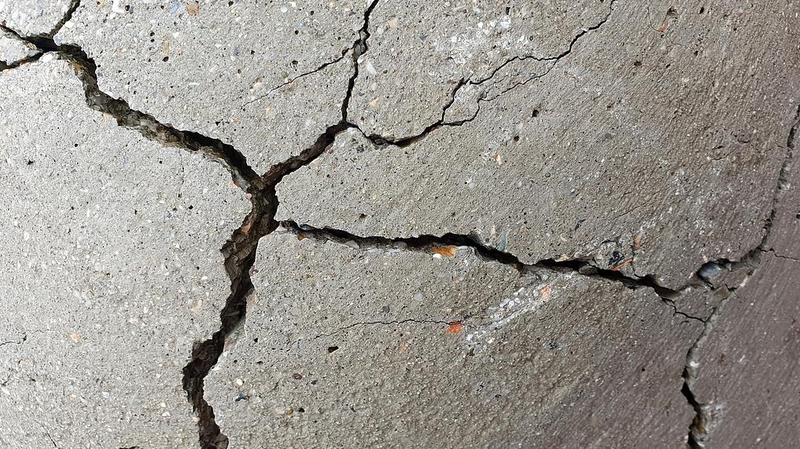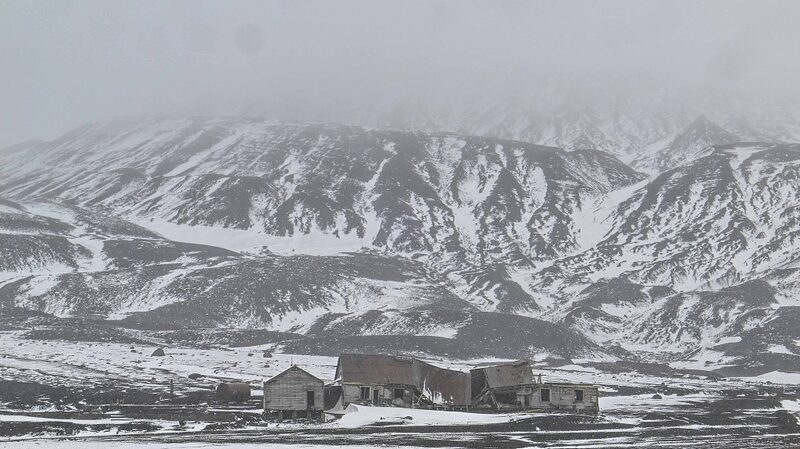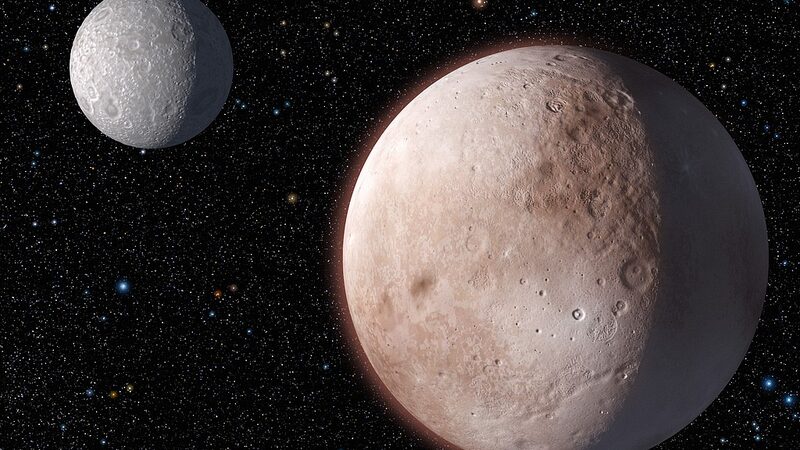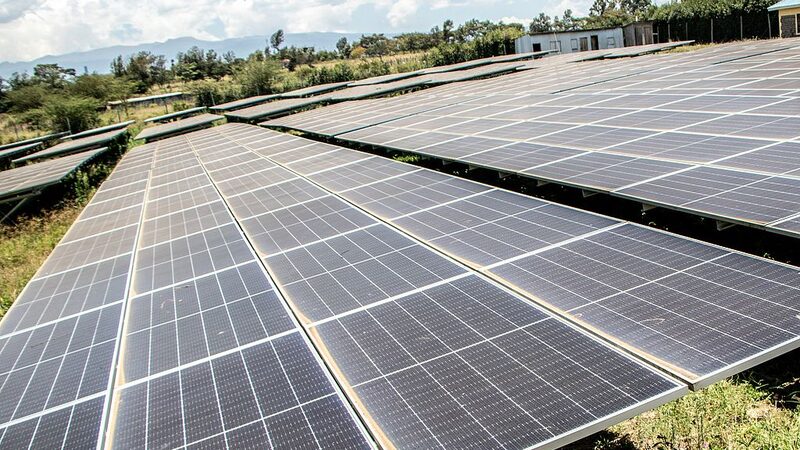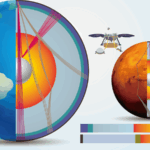In a discovery that reshapes our understanding of life’s resilience, researchers from the Chinese Academy of Sciences have uncovered how earthquakes generate chemical energy capable of sustaining microbial ecosystems deep beneath Earth’s surface. Published in Science Advances, the study offers new clues for detecting extraterrestrial life on celestial bodies like Mars.
The team at Guangzhou Institute of Geochemistry simulated seismic activities kilometers underground, revealing that freshly fractured rocks release hydrogen and hydrogen peroxide when interacting with water. These reactions trigger iron oxidation-reduction cycles, producing a continuous flow of electrons. This process forms a natural 'power grid' that sustains microorganisms in environments devoid of sunlight.
"These findings solve a long-standing mystery about how 95% of Earth’s prokaryotic organisms thrive without photosynthesis," the researchers stated. The study highlights fault zones as hotspots for energy exchange, where electrons flow between elements like carbon and sulfur – a potential blueprint for identifying life-supporting conditions on other planets.
For space exploration missions, the research suggests prioritizing fault zones on Mars or Jupiter’s moon Europa to search for oxidized and reduced substances, key indicators of microbial activity. The discovery also underscores the interconnectedness of geological and biological processes, offering fresh perspectives for astrobiology and Earth sciences alike.
Reference(s):
Study finds earthquakes can provide 'fuel' for subterranean life
cgtn.com
